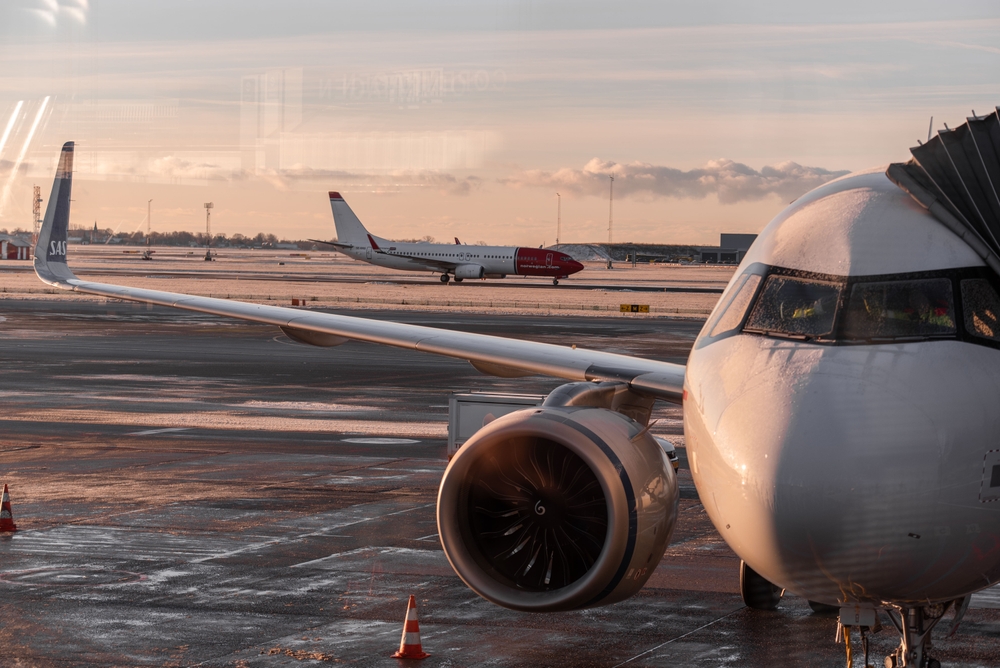Air Travel Across Central Russia Disrupted as Ukrainian UAVs Target Defense Sites
Others are reading now
A wave of drone attacks across central Russia has caused massive disruption to the country’s air travel network, leading to the closure of multiple airports and the cancellation or delay of hundreds of flights. The disruptions come as Ukrainian drones reportedly targeted military-industrial facilities overnight, sparking fires and triggering emergency flight restrictions across several regions.
Major Carriers Affected as Flights Grounded or Diverted
As reported by Digi24, the impact was most severe in Moscow, where flagship carrier Aeroflot canceled 52 departures and 54 arrivals on May 7 alone. Over 140 flights to and from the capital were delayed, with more than 280 originally scheduled. Sheremetyevo and Vnukovo airports—major hubs for Aeroflot and its subsidiary Rossiya—were among those affected.
Other airlines also experienced widespread disruption:
- Pobeda Airlines canceled flights on May 6 and 7 and warned of further delays or diversions.
- S7 Airlines reported flight cancellations and rerouting at Domodedovo Airport.
- Ural Airlines canceled 18 flights, redirected 9 planes, and delayed around 40 others due to an unspecified “emergency situation.”
- Azur Air, Nordwind, and Nordstar also issued travel advisories, citing possible schedule changes.
Passengers stranded in overcrowded terminals reported a lack of food, water, and sleeping arrangements, further compounding the chaos.
Also read
Airports Locked Down Amid Drone Threats
Airspace restrictions were imposed at airports in Kirov, Nizhny Novgorod, Tambov, Kazan, and Nizhnekamsk. Russia’s defense ministry claimed it had shot down seven drones approaching Moscow, but additional UAVs reportedly reached defense-related targets, igniting fires.
Sheremetyevo Airport was temporarily closed due to the drone threat, underscoring the seriousness of the situation. These attacks represent a significant escalation in Ukraine’s long-range capabilities and have once again exposed vulnerabilities in Russia’s domestic security infrastructure.
As both sides continue to adapt their strategies, the threat of further disruptions to civilian infrastructure remains high.


